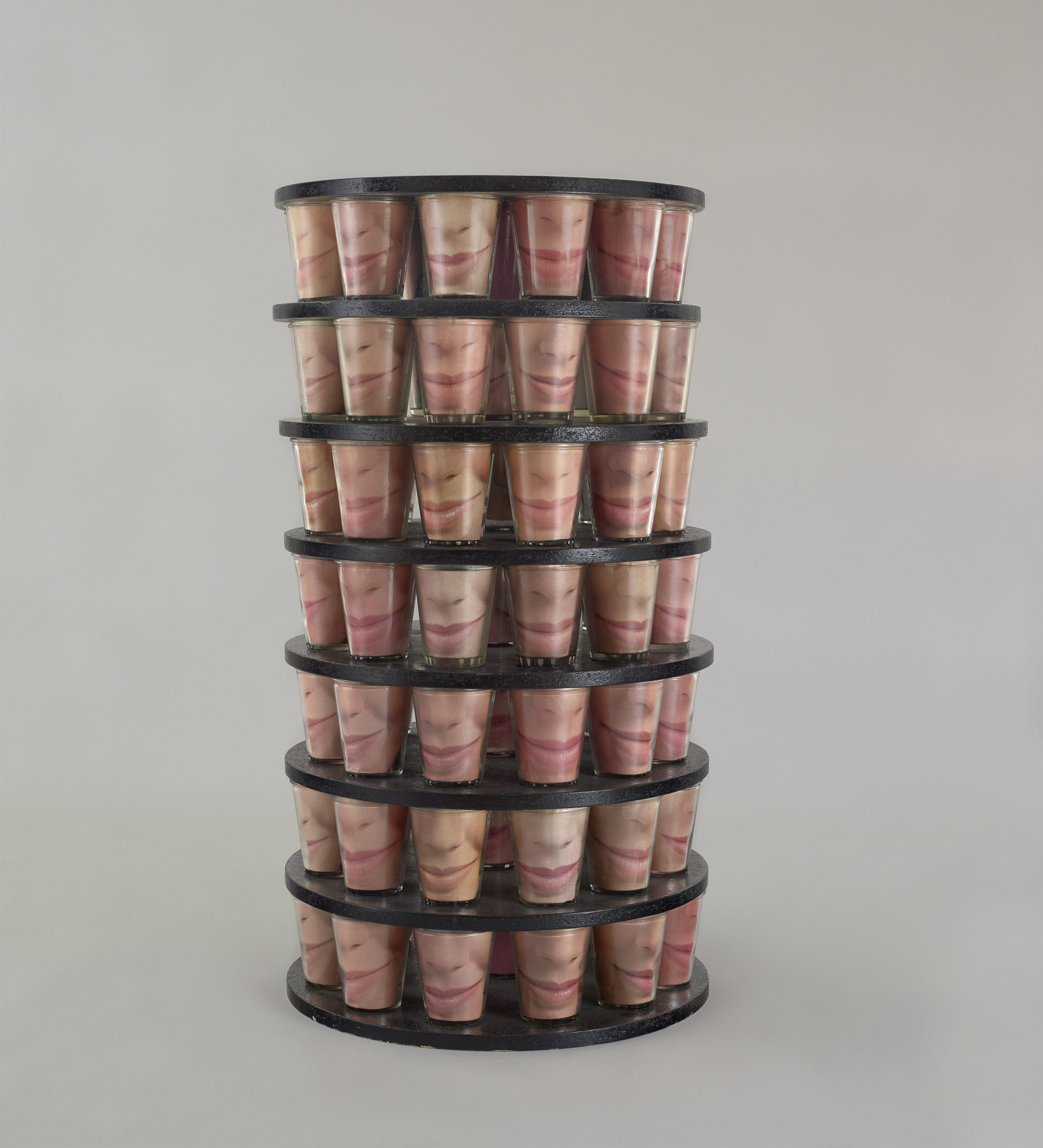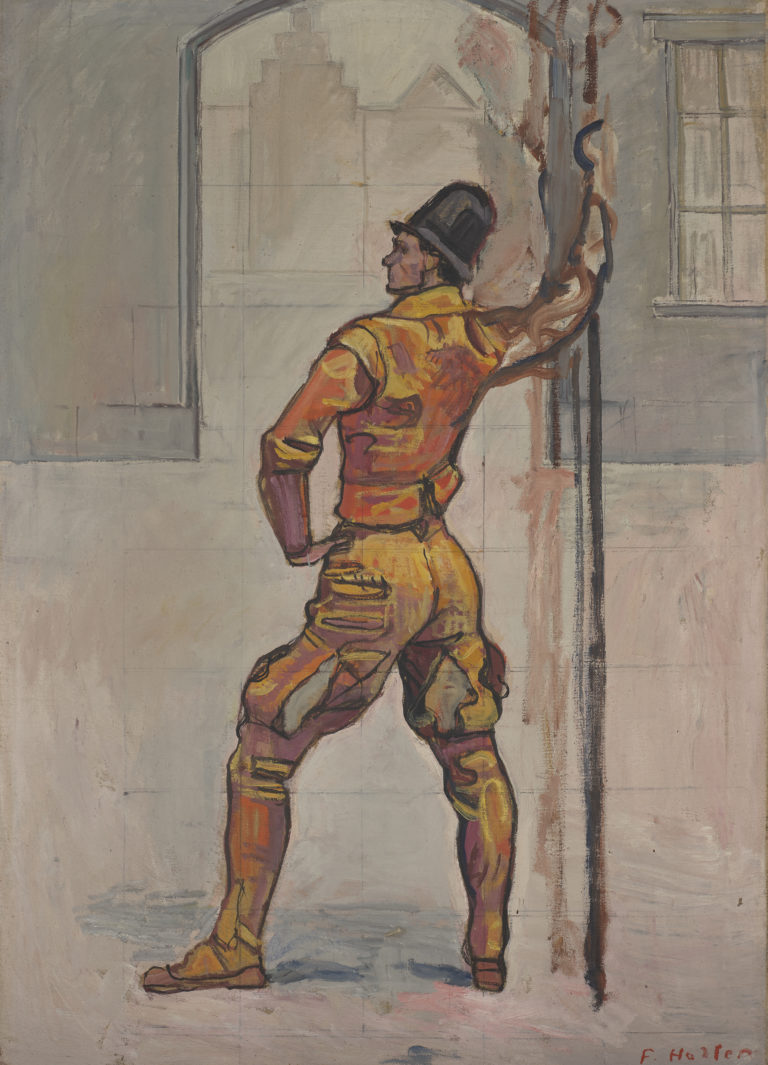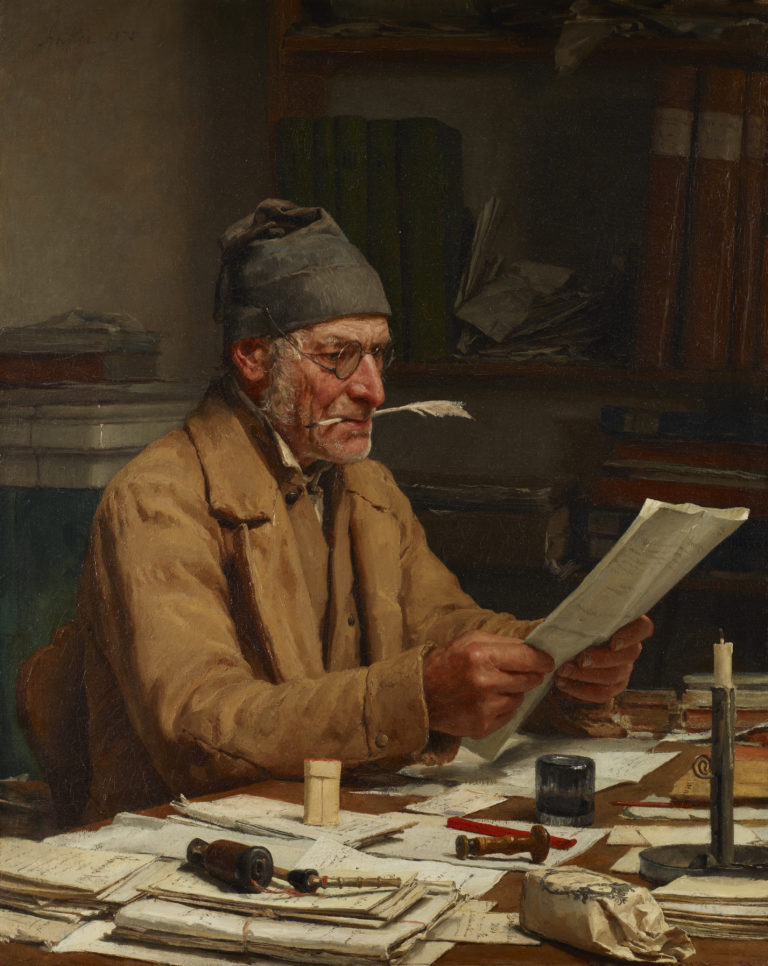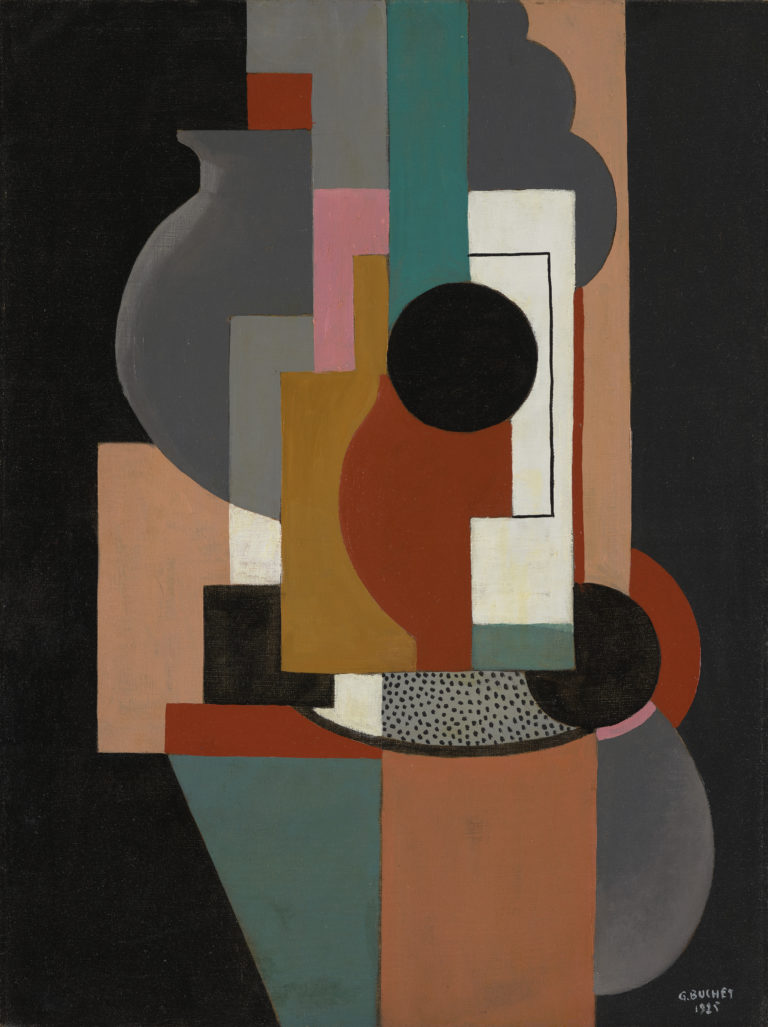Bibliography
Deborah Schultz, Marcel Broodthaers. Strategy and Dialogue, Bern/Oxford, Peter Lang, 2007.
Catherine Lepdor, ‘Sourires en pots de Marcel Broodthaers,’ in Le Miroir vivant: René Magritte, Marcel Broodthaers, Bruce Nauman, Markus Raetz, Les Cahiers du Musée des Beaux-Arts de Lausanne 6, 1997: 20-26.
Véronique Dabin et Catherine David (eds.), Marcel Broodthaers, exh. cat. Paris, Galerie nationale du Jeu de Paume, Madrid, Centro de Arte Reina Sofia, Paris, Réunion des musées nationaux, 1991.




Marcel Broodthaers’s career was as prolific as it was brief, giving rise to books, films, photographs, sculptures, objects, drawings and installations, among others. His career as an artist began with his first exhibition at the Galerie Saint-Laurent in Brussels in April 1964, which he titled Moi aussi, je me suis demandé si je ne pouvais pas vendre quelque chose et réussir dans la vie. Cela fait un moment déjà que je ne suis bon à rien. Je suis âgé de quarante ans… (I, too, wondered if I couldn’t sell something and succeed in life. I’ve been good for nothing for a while now. I’m forty years old…). The exhibition featured his very first sculpture, Pense-Bête (Ghent, S.M.A.K., on long-term loan from the Collectie Vlaanderen), a bundle of fifty copies of his final slim poetry collection set in plaster. This wry display set the tone for the rest of his career, characterised by sharply witty interplay between image, object and writing.
In 1966, the museum showed two of Broodthaers’ works at the second Salon international de galeries pilotes, one of which was this Tour de Babel. It comprises seven rows of glass jars, each holding the same image of a woman’s nose and smiling mouth, taken from a magazine. The jars are arranged in a ring on seven, round, wooden planks, piled to form a tower that could possibly grow higher forever. That same year, Broodthaers built his Tour visuelle (Visual Tower, Edinburgh, Scottish National Gallery of Modern Art) on the same principle, featuring a wide-open eye rather than a smile. Building on the work of the new realists and pop art, Broodthaers’ first pieces stage everyday items – in this instance, glass jars and advertising imagery, in other works moulds and eggshells – and underline their serial nature by means of repetition and accumulation. While Tour de Babel does not include any text, unlike other works from the same period, its title does point to a further reading, the repetition of identical mouths countering the multiplicity of languages in the biblical Tower of Babel, the crowning metaphor for the ambiguity inherent in human language.